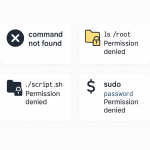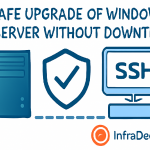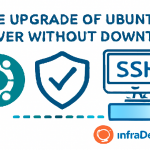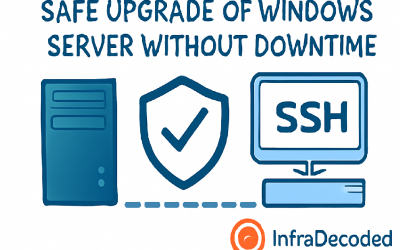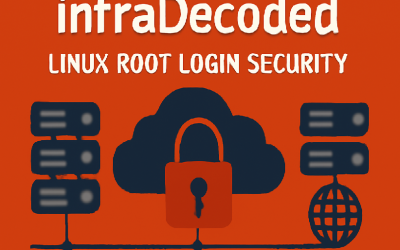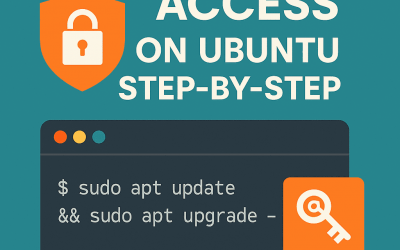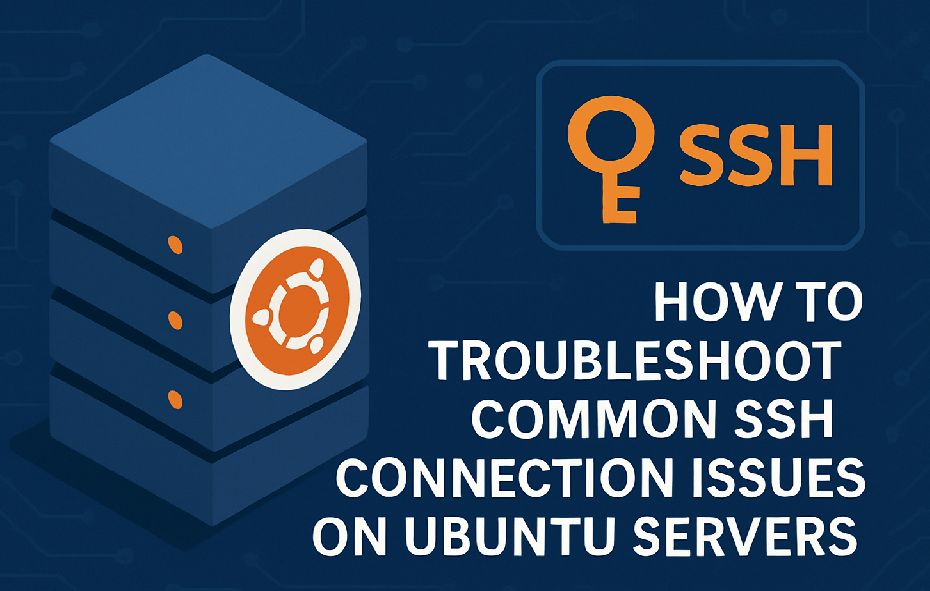
How to Troubleshoot Common SSH Connection Issues on Ubuntu Servers
When managing Linux servers, SSH connectivity issues are among the most urgent and frustrating to troubleshoot. In this guide, you’ll learn my go-to, step-by-step approach—honed in real-world production environments—to restore secure access fast and with confidence.
Bookmark this for your next SSH emergency!
Table of Contents
- Initial Checks
- Diagnose Network & Firewall
- Verify SSH Daemon Status
- Audit SSH Configuration
- Analyze System Logs
- Check Security Tools (fail2ban, etc.)
- Test with SSH Verbose Mode
- Pro Tips & Best Practices
- Summary & Next Steps
1. Initial Checks
- Ping your server:
ping your.server.ip
- Try connecting from multiple networks (office, mobile, VPN) to rule out local client/firewall issues.
- Using a custom SSH port? Run:
ssh -p your_port user@your.server.ip
2. Diagnose Network & Firewall
Check if the SSH port is open:
nc -zv your.server.ip 22
If “refused,” check on server:
sudo ufw status sudo iptables -L
Cloud Servers: Make sure firewall/security group allows inbound TCP on port 22 from your IP.
3. Verify SSH Daemon Status
- With console/KVM access: is sshd running?
sudo systemctl status ssh
- If not, restart:
sudo systemctl restart ssh
4. Audit SSH Configuration
- Edit SSH config:
sudo nano /etc/ssh/sshd_config
- Check for:
Port 22(or your custom),PermitRootLogin no,PubkeyAuthentication yes,PasswordAuthentication no(if key-only), admin user inAllowUsers - Validate config:
sudo sshd -t
- Set correct permissions:
chmod 600 ~/.ssh/authorized_keys chown youruser:youruser ~/.ssh/authorized_keys
5. Analyze System Logs
sudo tail -F /var/log/auth.log
Look for lines mentioning authentication failed or connection refused.
6. Check Security Tools (fail2ban, etc.)
- fail2ban status:
sudo fail2ban-client status sshd
Unban your IP or temporarily disable fail2ban for testing.
- Denyhosts: Check
/etc/hosts.denyand/etc/hosts.allowfor accidental blocks.
7. Test with SSH Verbose Mode
ssh -vvv user@your.server.ip
This outputs where the connection fails (auth, handshake, etc).
8. Pro Tips & Best Practices
- Always keep a second SSH session open while modifying configs—don’t close all before confirming success!
- Backup your config:
sudo cp /etc/ssh/sshd_config /etc/ssh/sshd_config.bak
- Restrict SSH in your firewall (allow only trusted IPs).
- Implement 2FA (Google Authenticator or similar) for all remote access.
- Regularly review server and fail2ban logs for attack attempts.
9. Summary & Next Steps
The structured troubleshooting approach:
- Connectivity check
- Port & firewall check
- SSH service/config audit
- Log analysis
- Check for accidental bans
will solve 99% of SSH connection failures on Ubuntu and most Linux servers.
Use my contact page—I’ll help you decode it!
For more real-world server guides and troubleshooting, follow infraDecoded.com!
